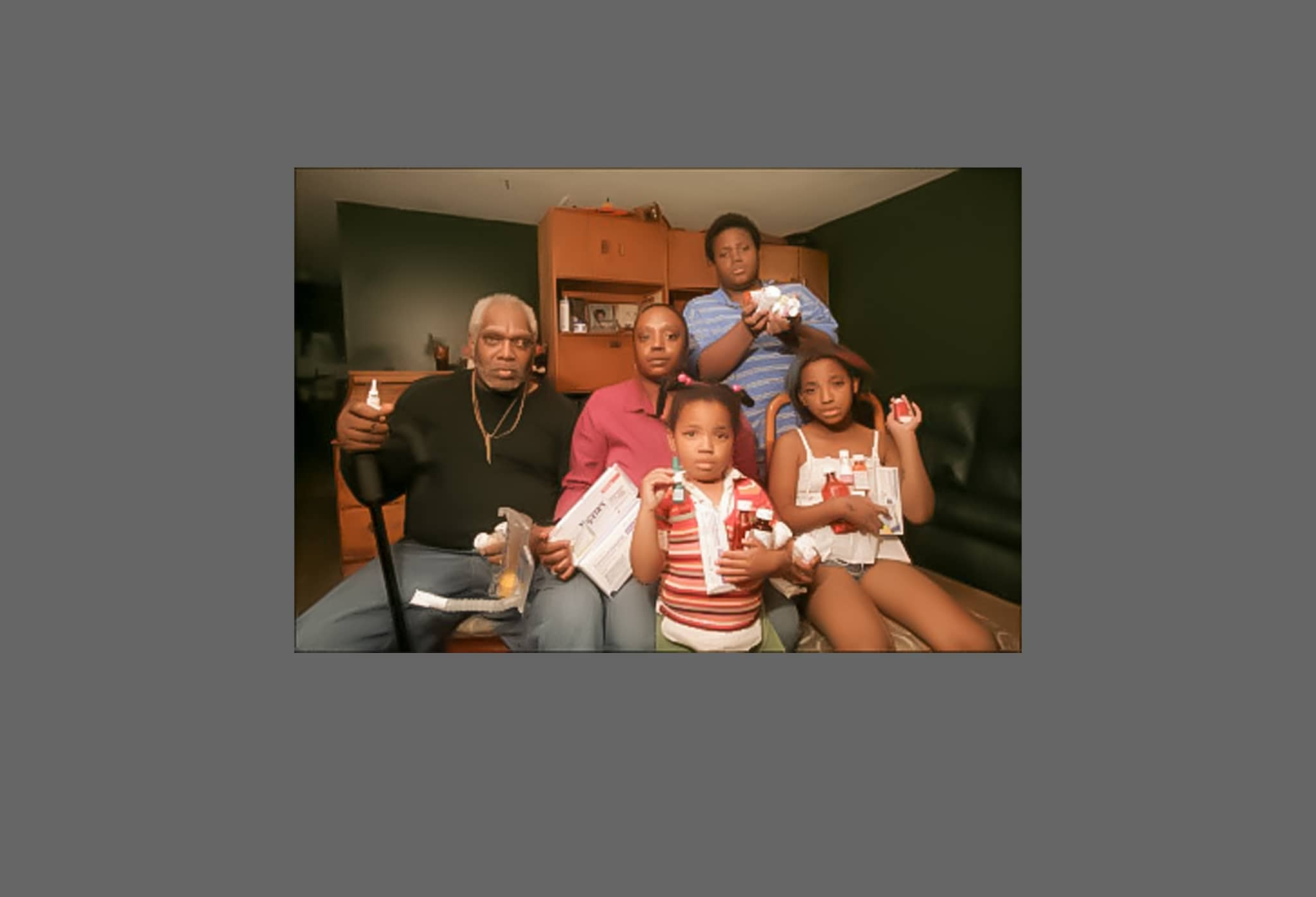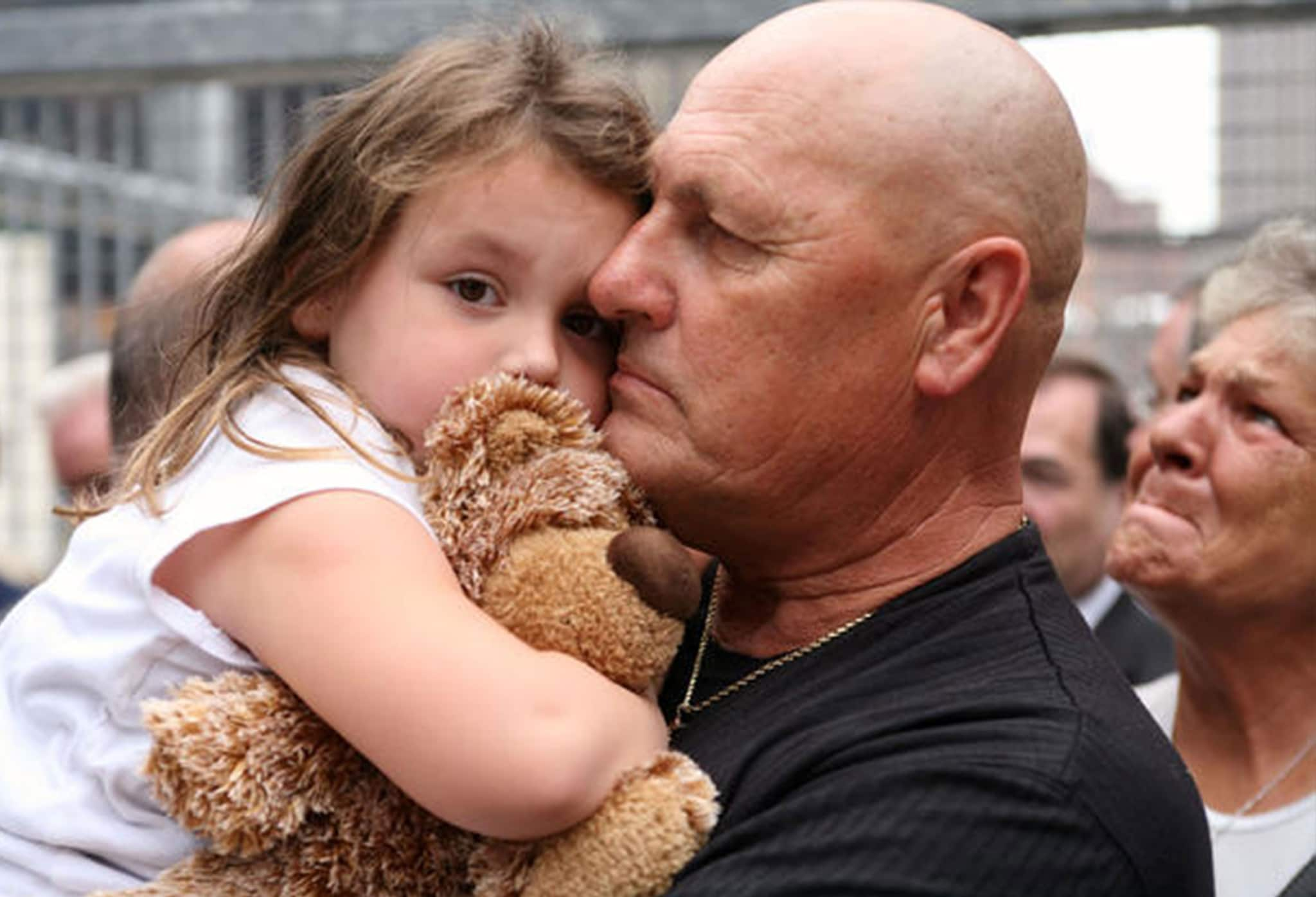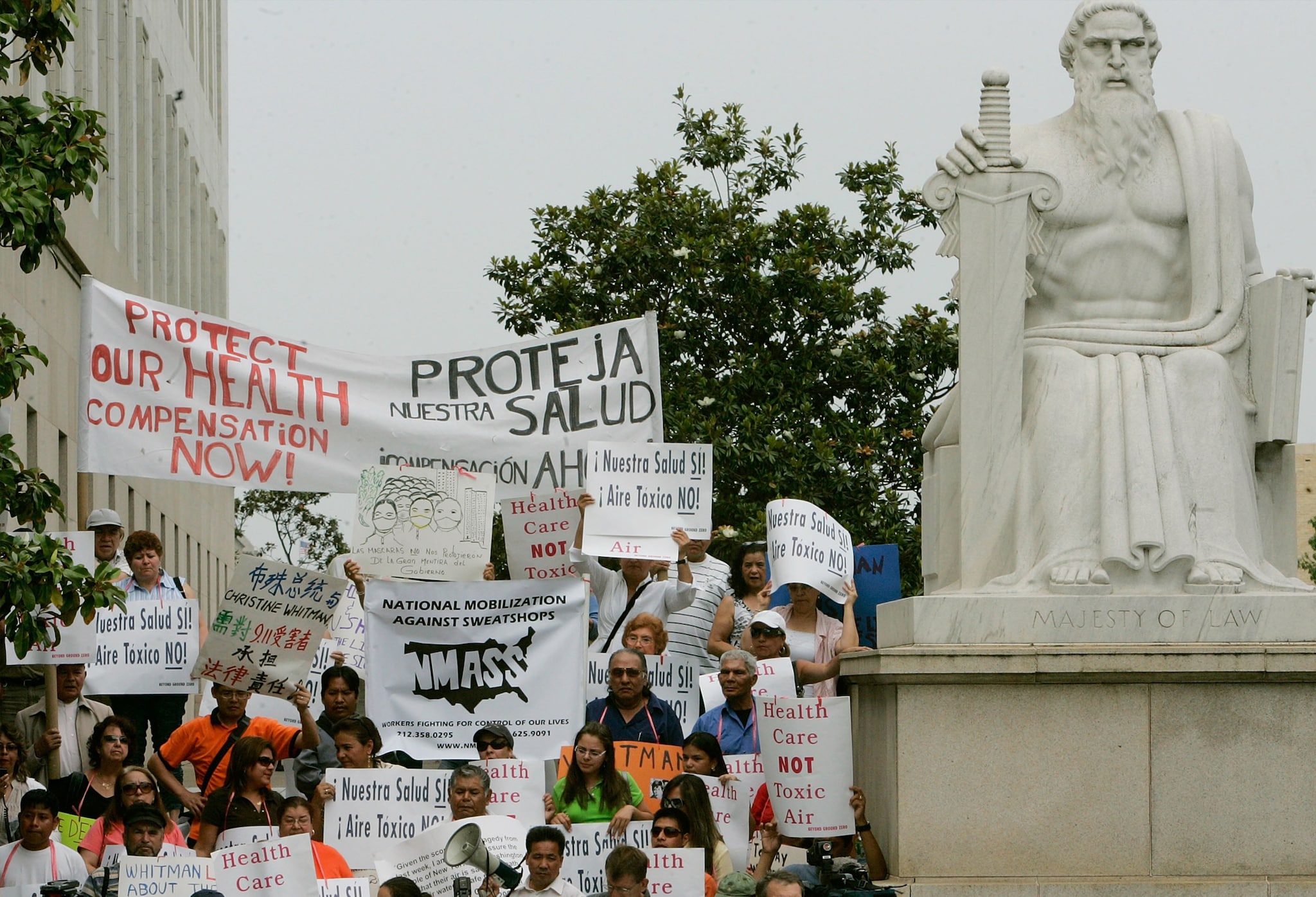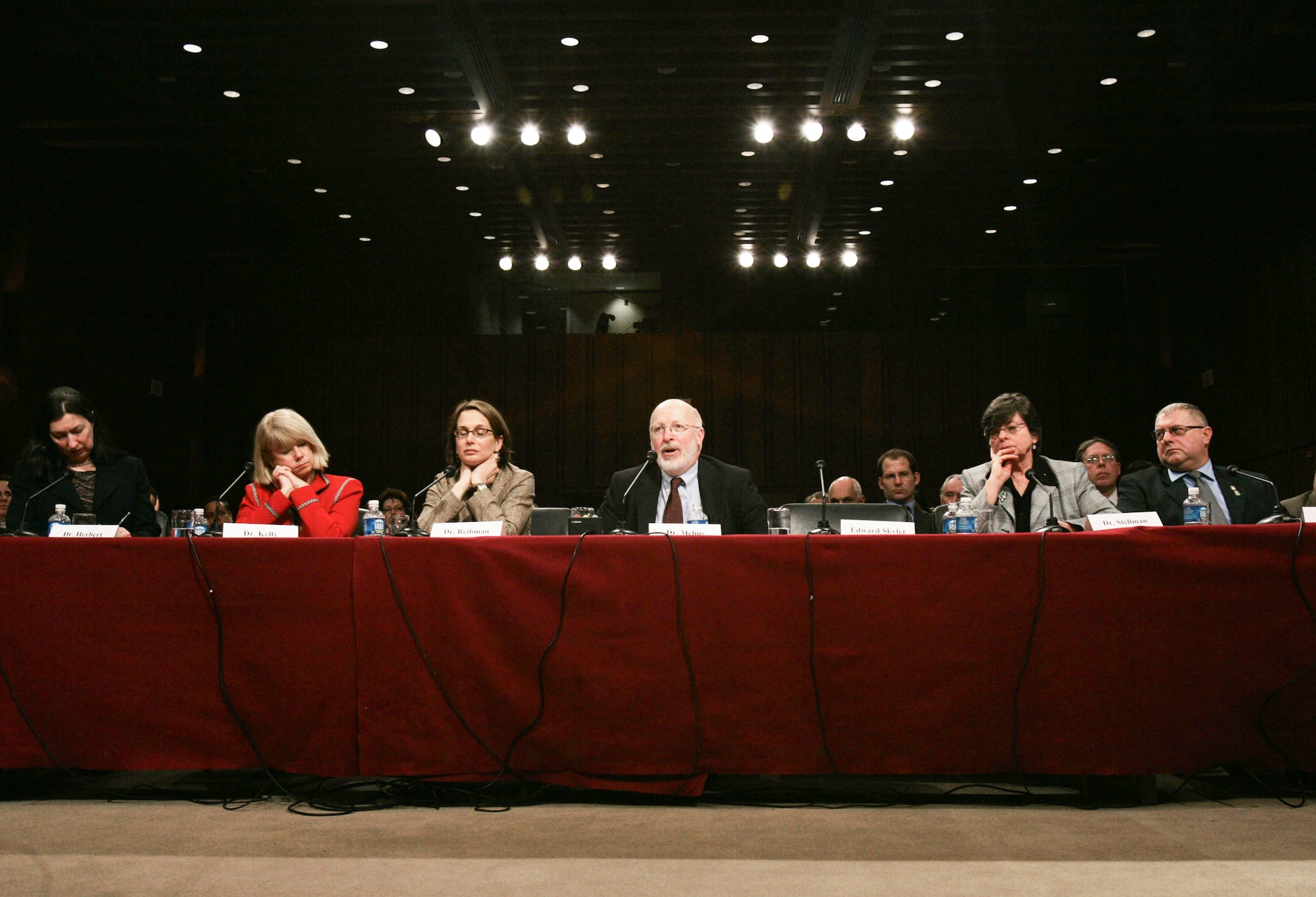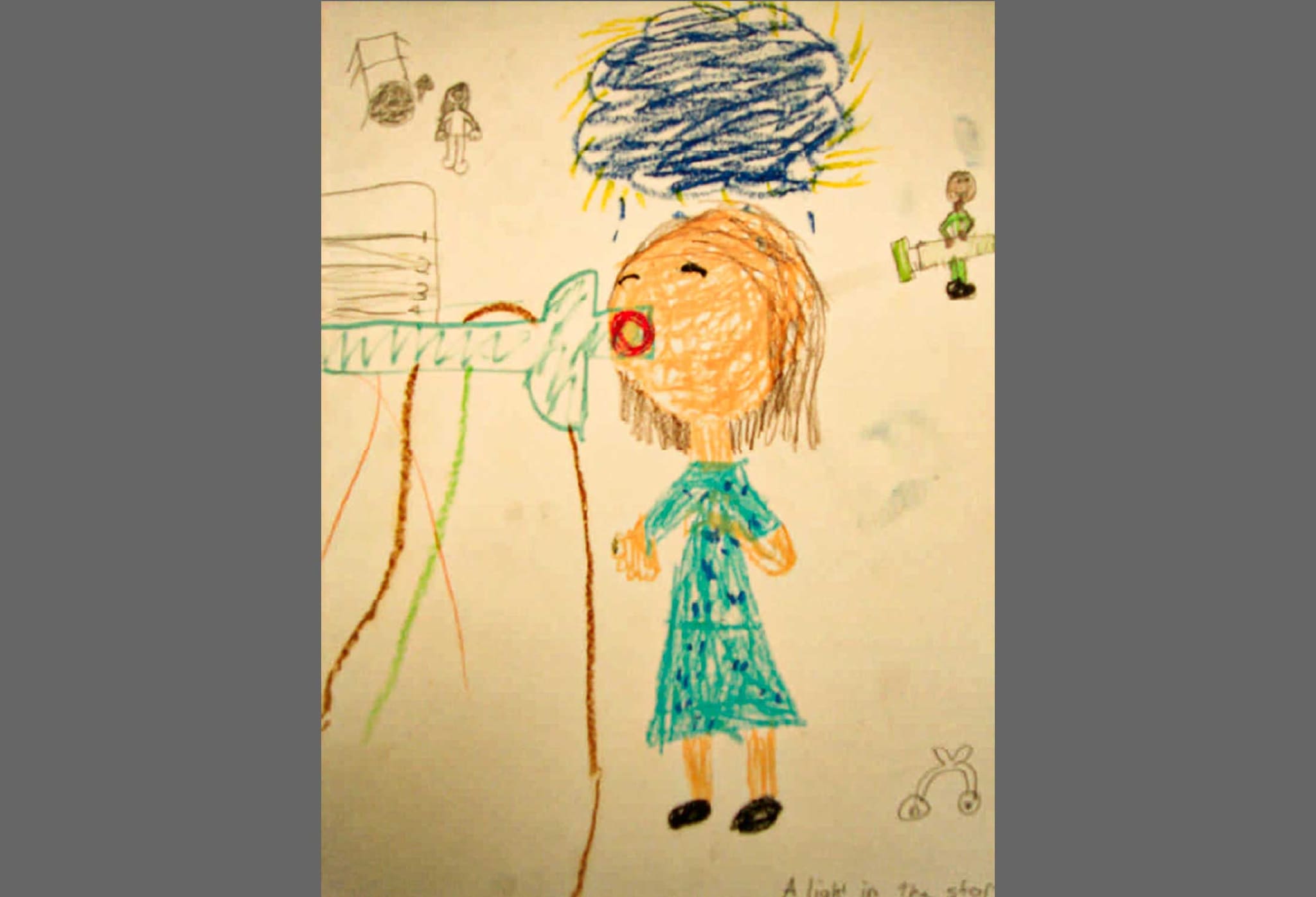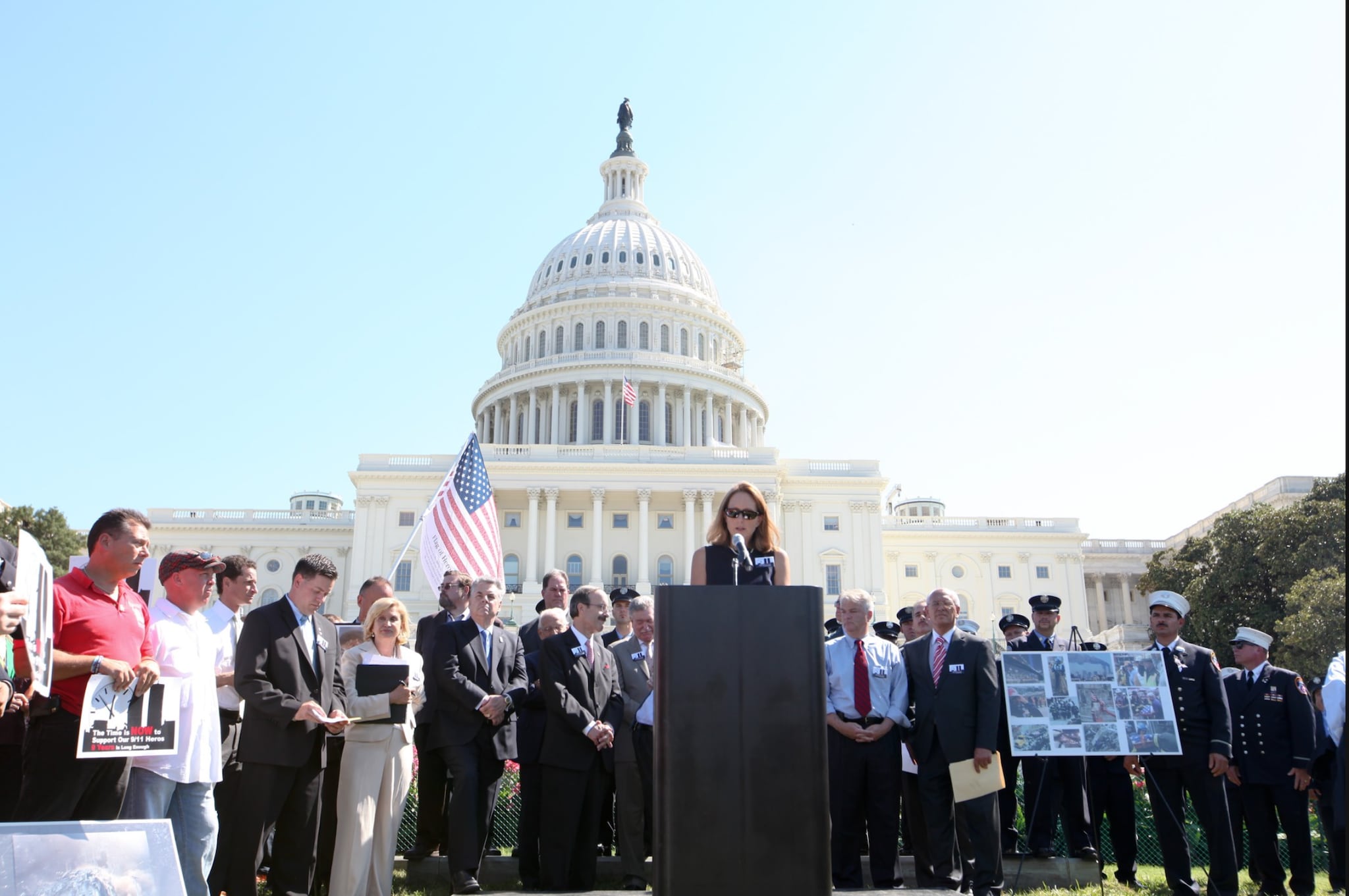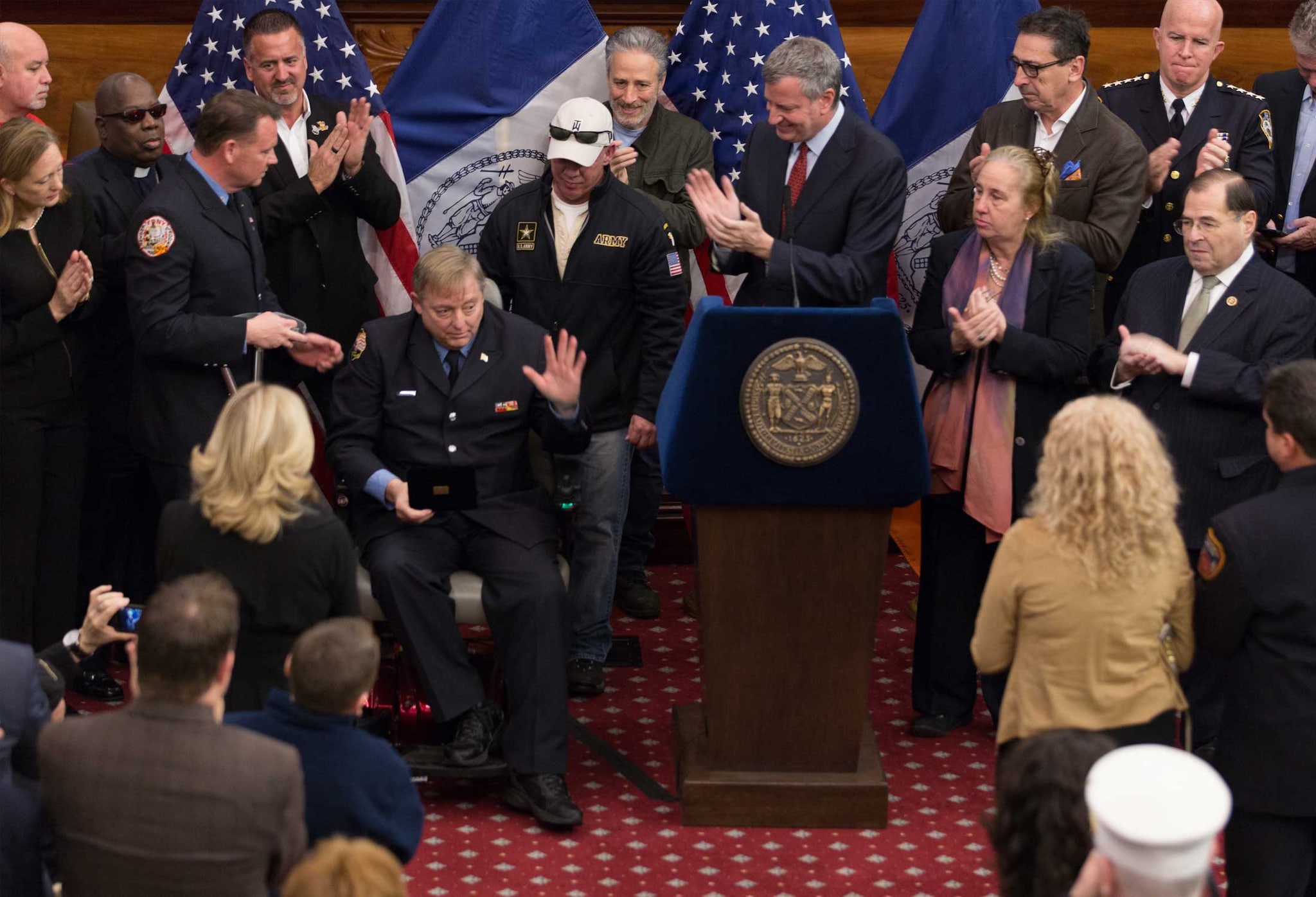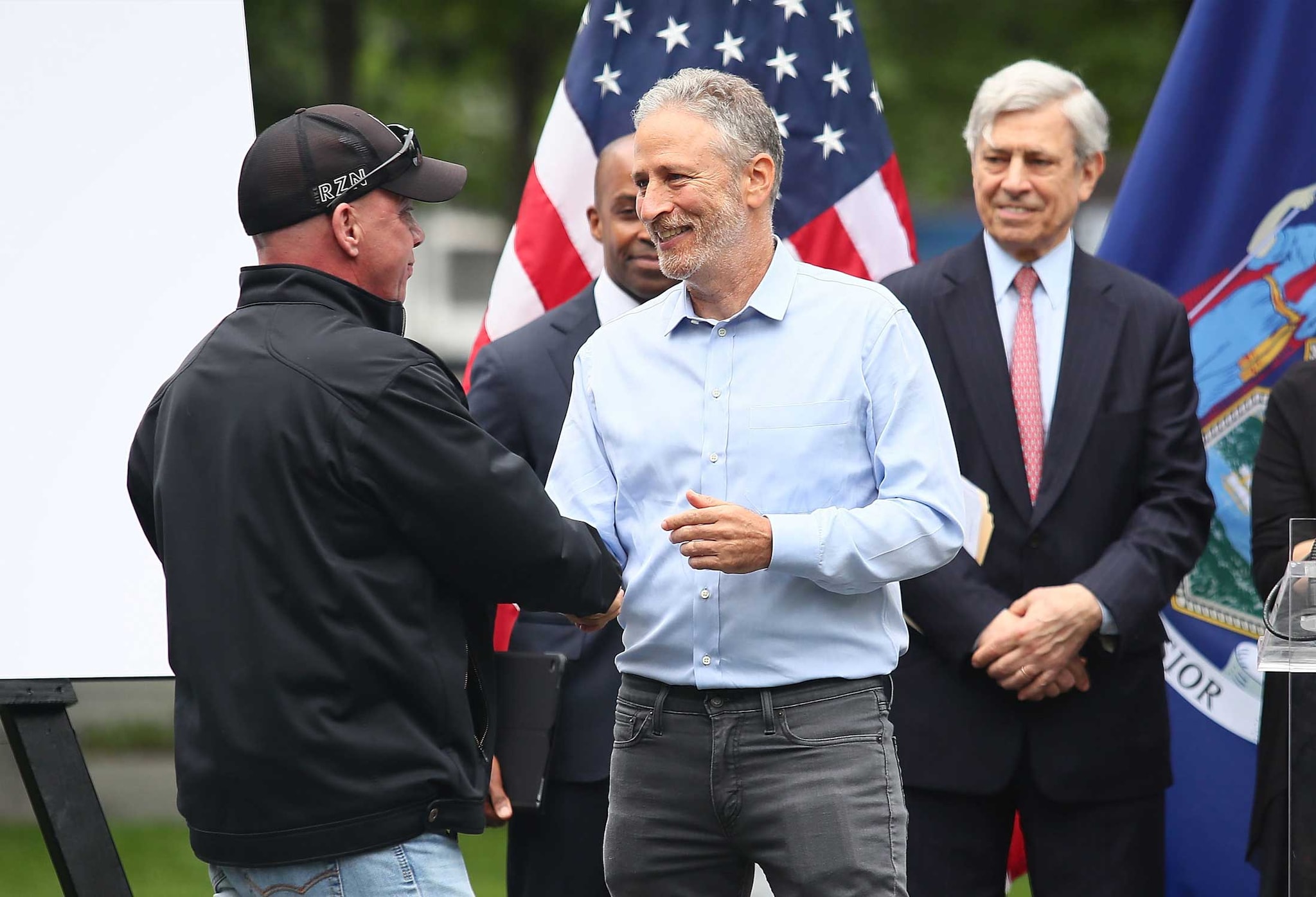Growing Health Concerns and Activism
In 2010, the nearly decade-long efforts came to fruition when Congress passed the James Zadroga 9/11 Health and Compensation Act of 2010.
In the days, weeks, and months after the attacks, as safety assurances from official sources continued, thousands faced a growing health crisis. Responders, survivors, and their allies redoubled their efforts to press for a coordinated federal response to address both the health and financial impacts of the disaster. Concerns over the continued exposure for those residing in, working in, and/or returning to the area during the clean-up period prompted groups to hold rallies, protests, marches, panels, town halls, and push for Congressional hearings, in New York City (NYC) and Washington, D.C. Activists included labor unions and labor organizations representing uniformed and civilian responders and area workers; community groups, such as Beyond Ground Zero Network, 9/11 Environmental Action, Manhattan Community Board 1, the WTC Emergency Environment Committee, Rebuild with a Spotlight on the Poor, the Stuyvesant High School Parents Association, StuyHealth, and the WTC Community-Labor Coalition; responder advocacy organizations such as the Fealgood Foundation, Unsung Heroes Helping Heroes, 9/11 Health Watch; the occupational health community; elected representatives; residents and area workers from diverse communities; and more. These survivors, responders, and activists called for the assessment and proper cleanup of 9/11 contaminants to prevent further exposures, 9/11-related responder and survivor healthcare, financial compensation for victims and their families, memorializing the lives lost, and the safe demolition of buildings contaminated on 9/11.
In response to concerns raised by 9/11 health advocates, the U.S. Environmental Protection Agency (EPA) established the WTC Expert Technical Review Panel in 2004. The Panel was tasked with exploring unmet public health needs and developing recommendations for an appropriate assessment and cleanup of contaminants in homes, schools, and offices in Lower Manhattan. Although the Panel and its public process concluded without delivering an accepted plan to address contamination and clean-up, the participation and testimony from members of affected communities was key to establishing that residents, workers, and students had long-term exposures to indoor 9/11 contamination at levels with the potential to harm their health.
Activists and advocates called on the federal government to establish a health program for responders and survivors and to fund ongoing research on the emerging health impacts from exposures. On September 7, 2006, for the fifth anniversary of 9/11, many of these community and labor groups invited newly named U.S. Department of Health and Human Services (HHS) WTC Programs Coordinator Dr. John Howard (Director of NIOSH) to a Town Hall organized by 9/11 Environmental Action. There, he addressed hundreds of survivors whose health was “affected but neglected” in the aftermath of the attacks.
In 2010, the nearly decade-long efforts of responders, survivors, clinicians, researchers, and federal, state, and local government came to fruition when Congress passed the James Zadroga 9/11 Health and Compensation Act of 2010 (Zadroga Act). The Zadroga Act established the WTC Health Program, administered by HHS, which conducts research and provides medical monitoring and treatment to eligible survivors and responders. In addition, the Zadroga Act reopened the previously established September 11th Victim Compensation Fund (VCF), administered by the U.S. Department of Justice, which provides financial compensation to eligible claimants. In 2015, following another round of advocacy by responders, survivors, and their allies, the WTC Health Program was extended through 2090.
Page Last Reviewed: October 23, 2023 | Page Last Updated: September 1, 2022

